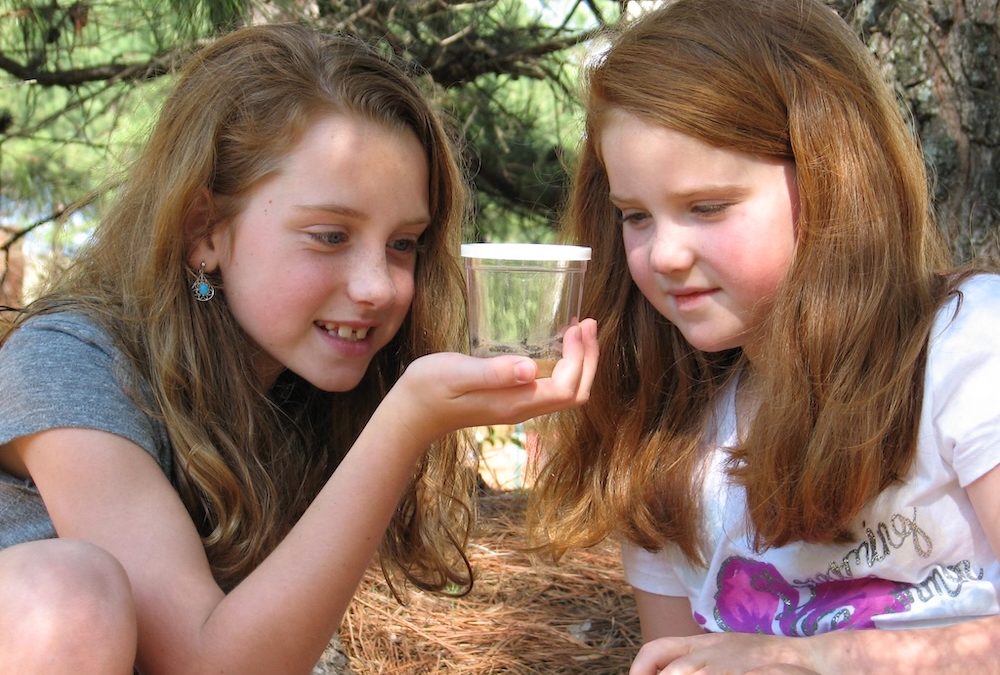by Lori Lite
Have you ever wished that your children had more patience? Do you remember the days when you (yourself) had more patience? By focusing on cultivating patience, both you and your children can become more present and feel less stressed.
Here are 5 simple and enjoyable activities to increase mindfulness and patience.
Nature: Who can resist insect watching? Get up close and personal with ladybugs by having Ladybug Land deliver ladybugs to your mailbox and watch the small larvae eat and drink from special gels, form cocoons, and emerge as adult ladybugs. Nature is a wonderful source of entertainment and education for kids. Be mindful and notice how the bugs move – whether slowly, quickly, or sitting still.
Painting: Painting can teach kids the value of patience. Just waiting for the paint stroke to dry before adding another takes patience that many adults and children do not have. When children do not have patience painting they can see the outcome of their impatience. Adding too many colors while they are wet will result in changing the color to mud. However, if they are patient enough to allow the paint to dry, they will see vibrant colors. By talking about how certain colors make you feel you add a dash of mindfulness to the activity.
Puzzles: Puzzles are a fantastic tool for teaching patience. Children often exhibit more patience and less frustration while working on puzzles than their parents. As a parent, it’s important to resist the urge to help your child find the place for a piece, especially when they are content with spending a lot of time on it. Take some mindful deep breaths and commend your child and yourself for being patient.
Planting: Gardening or planting of any sort promotes patience. It takes time and patience to watch a tomato seed develop into a tomato you can eat. You also get the added bonus of connecting with nature and a self-esteem boost when you harvest food your child nurtured. Caring for the plant requires accessing mindfulness.
Baking: Baking a cake or muffin is a mindful and patient process that involves carefully reading the recipe, gathering the ingredients, mixing them, and keeping an eye on the cake or muffin as it rises. It requires good old-fashioned patience, but the end result is a delicious reward for your efforts.
Practicing patience takes time….and patience. It’s OK to be honest and let your children know when you’re struggling with patience. Let them see you incorporate exercises like deep breathing, positive affirmations, progressive muscle relaxation, and visualizations to help increase patience in your daily life. Remember that it’s important for your children to see you practicing patience as well. Be patient not only with your children but also with yourself.
To learn more about introducing your family to patience and tips to introduce stress management into daily living, read Stress Free Kids: A Parent’s Guide to Helping Build Self-Esteem, Manage Stress, and Reduce Anxiety in Children


Great Article, Lori! I’ll tweet about it. I love the 5 ways to teach patience. They’re so natural.
All great ideas Lori. I think the patience bit for me is for my children to slow down and not want to rush into an activity before we are actually ready. They are waiting by the front door whilst I am still locking up the house!
These are some great suggestions. My son in particular is partial to puzzles. He also loves the outdoors. He likes to hunt for feathers and gather rocks into a neat little collection. When he does puzzles, he’ll finish one and keep asking me for another one. I think I need to buy him some more of those!